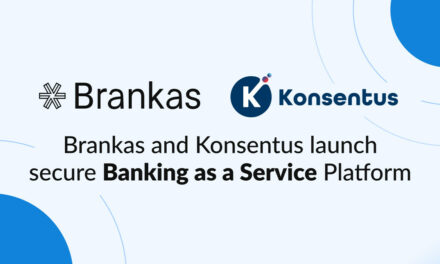Potentially seismic shifts in the Fintech regulatory landscape affecting the regulation and commercial business model of China’s online micro-lending company (“MLC”) sector.
The sector is a part of the Mainland economy that has become systemically important, with large, internationally well-known players such as Tencent, ANT Group, Ping An and Lufax playing a highly visible role.
These recent draft regulations and guidelines published by the Chinese banking and anti-trust regulators show the new regulatory approach which is proposed to be taken:
- the November 2, joint consultation paper published by the People’s Bank of China (PBOC) and the China Banking and Insurance Regulatory Commission (CBIRC) on the regulation of online MLCs (the “MLC regulations”); and
- the November 10, draft anti-monopoly guidelines issued by the State Administration for Market Regulation Commission (SAMR) (the “Anti-monopoly Guidelines”).
Key provisions – the draft MLC Regulations
The key provisions in the Fintech regulations which are likely to materially impact the businesses of MLCs are as follows:
- Each MLC is required to obtain a license from the banking regulator and to renew that license every three years.
- There were already restrictions on the geographic scope of MLC business licenses, but MLCs were using the online space to circumvent this restriction, acting in the “grey zone”. Under the regulations, online lending to borrowers in provinces other than the province in which the MLC is based/licensed will not be permitted except with prior regulatory approval.
- For joint loans (with banks), MLCs will be required to contribute no less than 30 percent of the total loan amount. Historically, some Fintech operations have contributed as little as 1 percent to jointly made consumer loans.
- More stringent capital and leverage requirements: for example, the registered capital (equivalent to paid-in share capital) amount of certain MLCs must not be less than RMB5 billion, leverage (debt/net equity) caps are fixed at 1x and 4x for non-standardized funding (such as bank and shareholder loans) and standardized funding (such as bond and ABS financing), respectively.


























